RBA left cash rate unchanged at 1.50%, full statement below:
Statement by Philip Lowe, Governor: Monetary Policy Decision
At its meeting today, the Board decided to leave the cash rate unchanged at 1.50 per cent.
The global economy has strengthened over the past year. A number of advanced economies are growing at an above-trend rate and unemployment rates are low. The Chinese economy continues to grow solidly, with the authorities paying increased attention to the risks in the financial sector and the sustainability of growth. Globally, inflation remains low, although it has increased in some economies and further increases are expected given the tight labour markets. As conditions have improved in the global economy, a number of central banks have withdrawn some monetary stimulus and further steps in this direction are expected.
Financial markets have been affected by political developments in the eurozone, particularly in Italy. There are also concerns about the direction of international trade policy in the United States and economic developments in a few emerging market economies. Long-term bond yields in most major economies have declined recently and there has been some widening of corporate credit spreads. Overall, though, financial conditions remain expansionary. Conditions in US dollar short-term money markets have eased recently, although they are tighter than earlier in the year, with US dollar short-term interest rates having increased for reasons other than the increase in the federal funds rate. The higher rates in the United States have flowed through to higher short-term interest rates in a few other countries, including Australia.
The price of oil has increased over recent months, as have the prices of some base metals. Australia’s terms of trade are expected to decline over the next few years, but remain at a relatively high level.
The recent data on the Australian economy have been consistent with the Bank’s central forecast for GDP growth to pick up, to average a bit above 3 per cent in 2018 and 2019. Business conditions are positive and non-mining business investment is increasing. Higher levels of public infrastructure investment are also supporting the economy. Stronger growth in exports is expected. One continuing source of uncertainty is the outlook for household consumption. Household income has been growing slowly and debt levels are high.
Employment has grown strongly over the past year, although growth has slowed over recent months. The strong growth in employment has been accompanied by a significant rise in labour force participation, particularly by women and older Australians. The unemployment rate has been little changed at around 5½ per cent for much of the past year. The various forward-looking indicators continue to point to solid growth in employment in the period ahead, with a gradual reduction in the unemployment rate expected. Wages growth remains low. This is likely to continue for a while yet, although the stronger economy should see some lift in wages growth over time. Consistent with this, the rate of wages growth appears to have troughed and there are reports that some employers are finding it more difficult to hire workers with the necessary skills.
Inflation is low and is likely to remain so for some time, reflecting low growth in labour costs and strong competition in retailing. A gradual pick-up in inflation is, however, expected as the economy strengthens. The central forecast is for CPI inflation to be a bit above 2 per cent in 2018.
The Australian dollar remains within the range that it has been in over the past two years. An appreciating exchange rate would be expected to result in a slower pick-up in economic activity and inflation than currently forecast.
The housing markets in Sydney and Melbourne have slowed. Nationwide measures of housing prices are little changed over the past six months, with prices having recorded falls in some areas. Housing credit growth has slowed over the past year, especially to investors. APRA’s supervisory measures and tighter credit standards have been helpful in containing the build-up of risk in household balance sheets, although the level of household debt remains high. While there may be some further tightening of lending standards, the average mortgage interest rate on outstanding loans is continuing to decline.
The low level of interest rates is continuing to support the Australian economy. Further progress in reducing unemployment and having inflation return to target is expected, although this progress is likely to be gradual. Taking account of the available information, the Board judged that holding the stance of monetary policy unchanged at this meeting would be consistent with sustainable growth in the economy and achieving the inflation target over time.




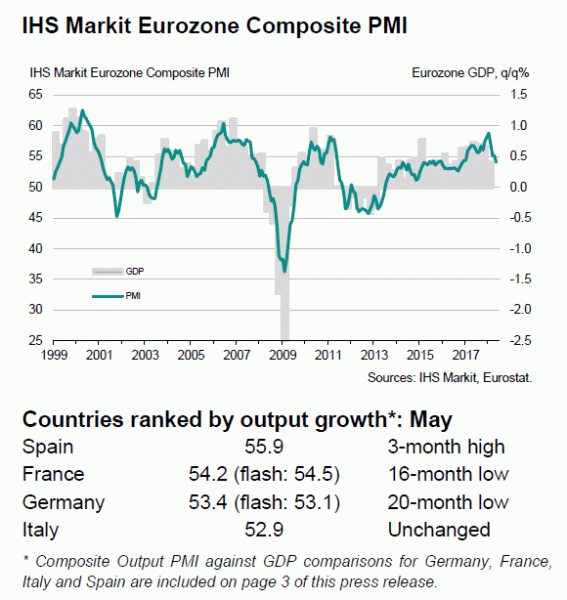
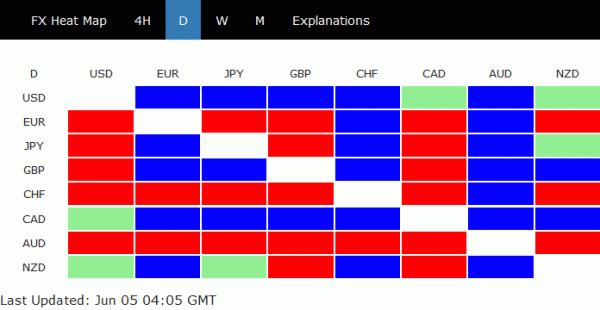
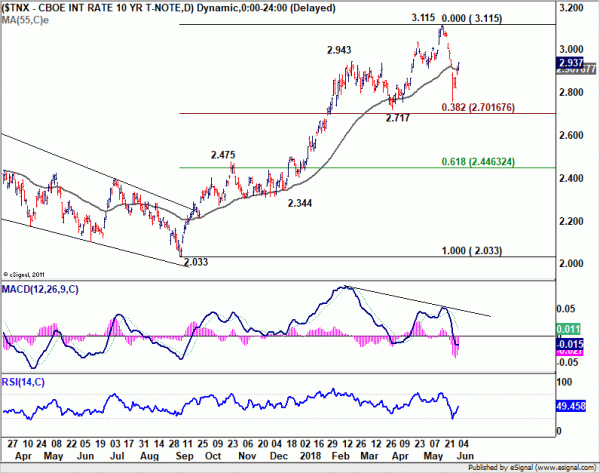
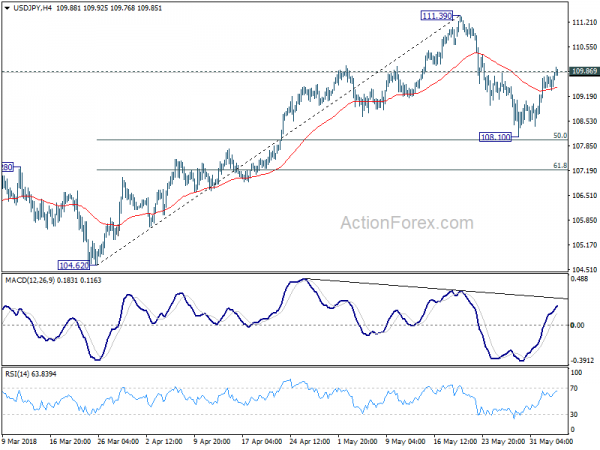
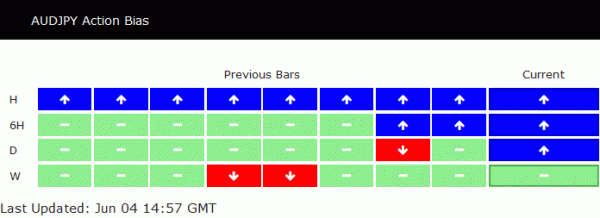
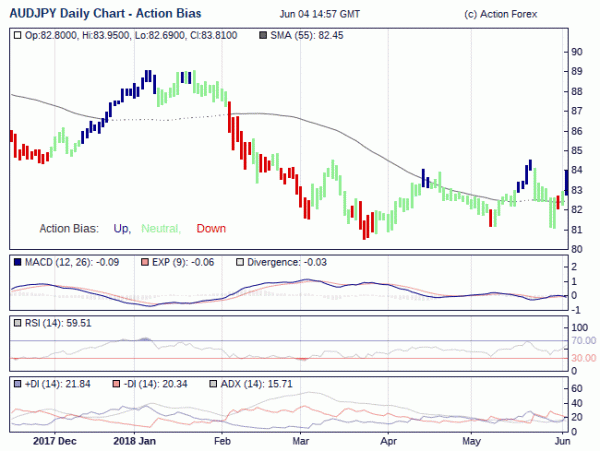
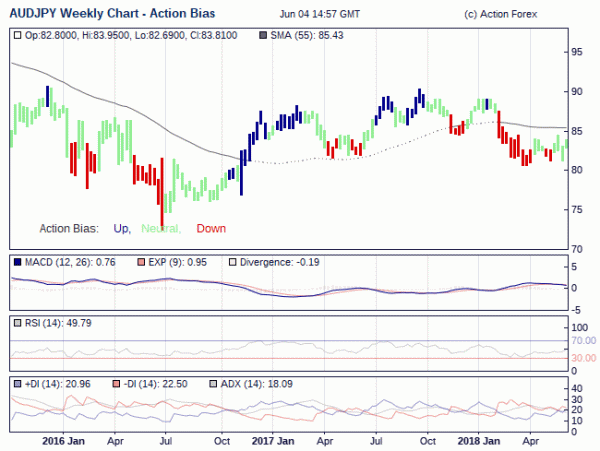
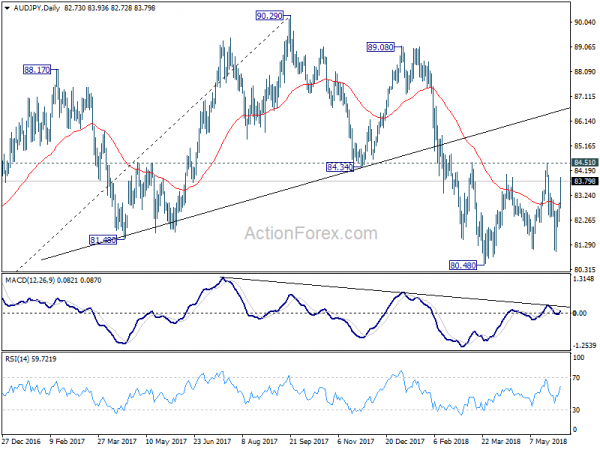
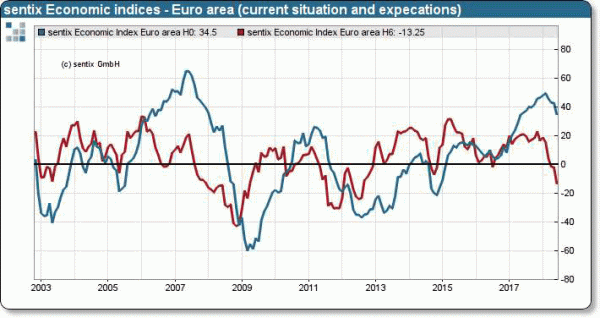

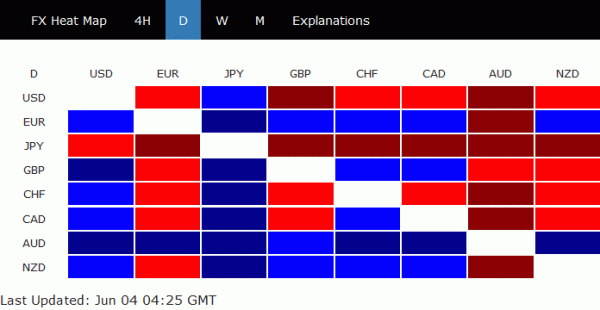
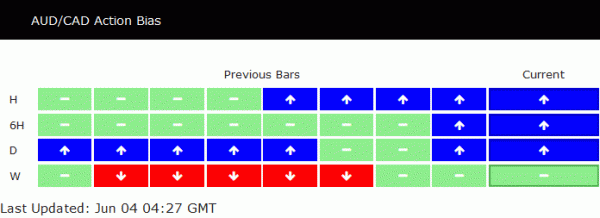
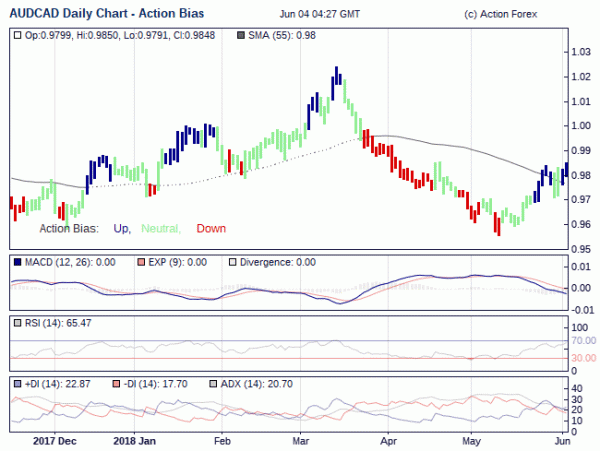
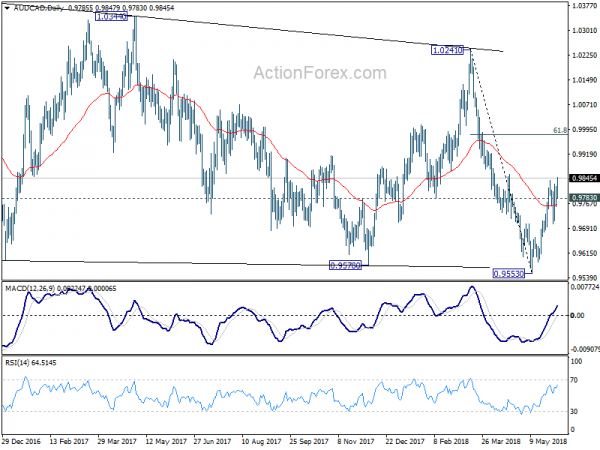

UK PMI services rose to 54.0, up the odds of BoE August hike
UK PMI services rose to 54.0 in May, up from April’s 52.8, above expectation of 52.9.
Chris Williamson, Chief Business Economist at IHS Markit, which compiles the survey:
“The improvement in service sector activity adds to evidence that the economy is on course to rebound in the second quarter but, like the earlier manufacturing and construction surveys, raises questions about the outlook. So far, the three PMI surveys indicate that GDP looks set to rise by 0.3-0.4% in the second quarter.
“However, disappointing inflows of new work suggest that growth could wane in coming months as Brexit-related uncertainty continues to weigh on spending decisions and dampen business confidence. Measured across all major parts of the economy, new orders growth in the second quarter so far is running at the weakest since the third quarter of 2016.
“Meanwhile, costs are being pushed higher by rising oil prices and wages, although subdued demand means firms are struggling to pass these higher costs onto customers. Average selling prices for goods and services showed the smallest rise for 11 months in May.
“The signs of economic growth rebounding in the second quarter will likely up the odds of the Bank of England hiking interest rates again in coming months, likely August, but with the forward looking indicators suggesting that the economy could relapse, a rate rise is by no means assured.”
Full release here.